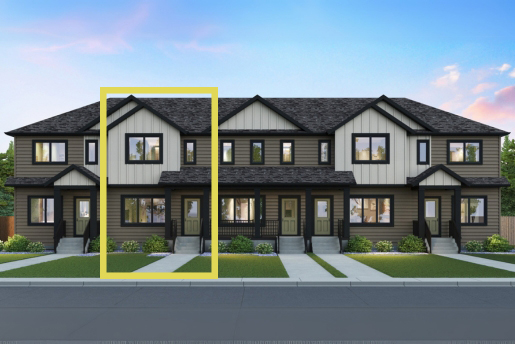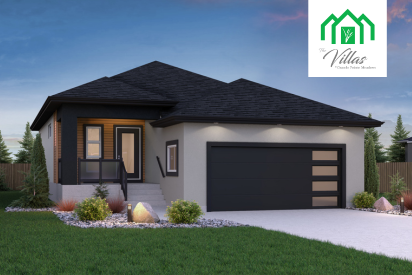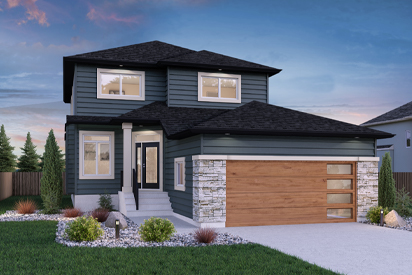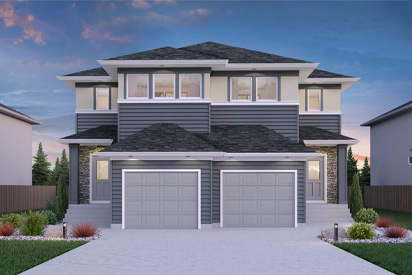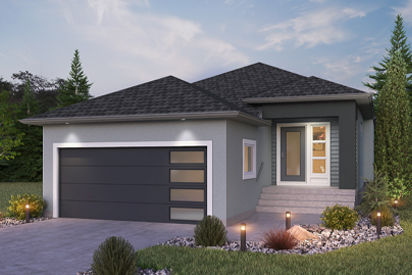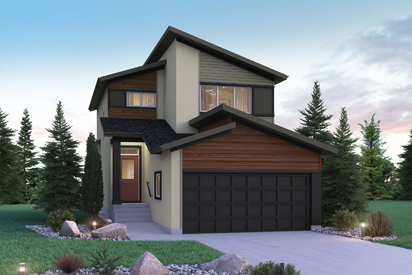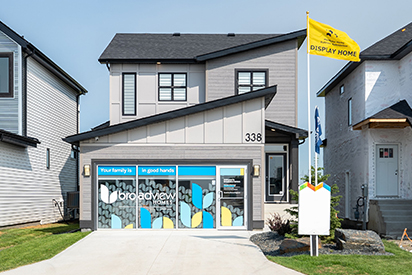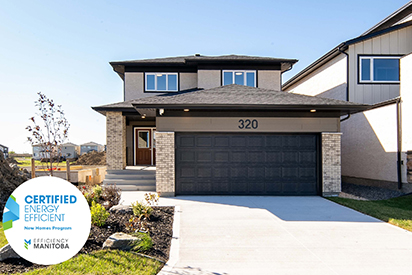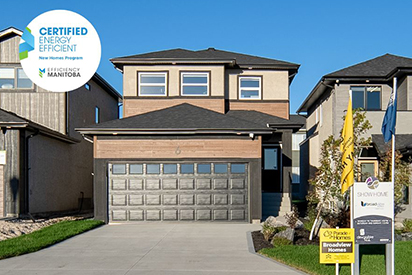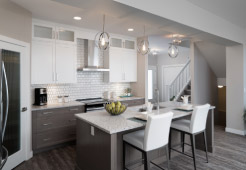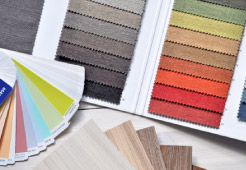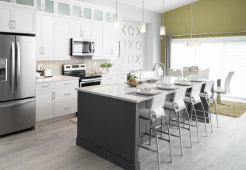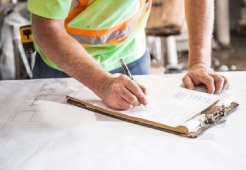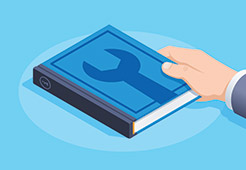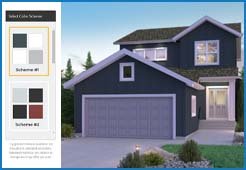Buying Your First Home in Canada
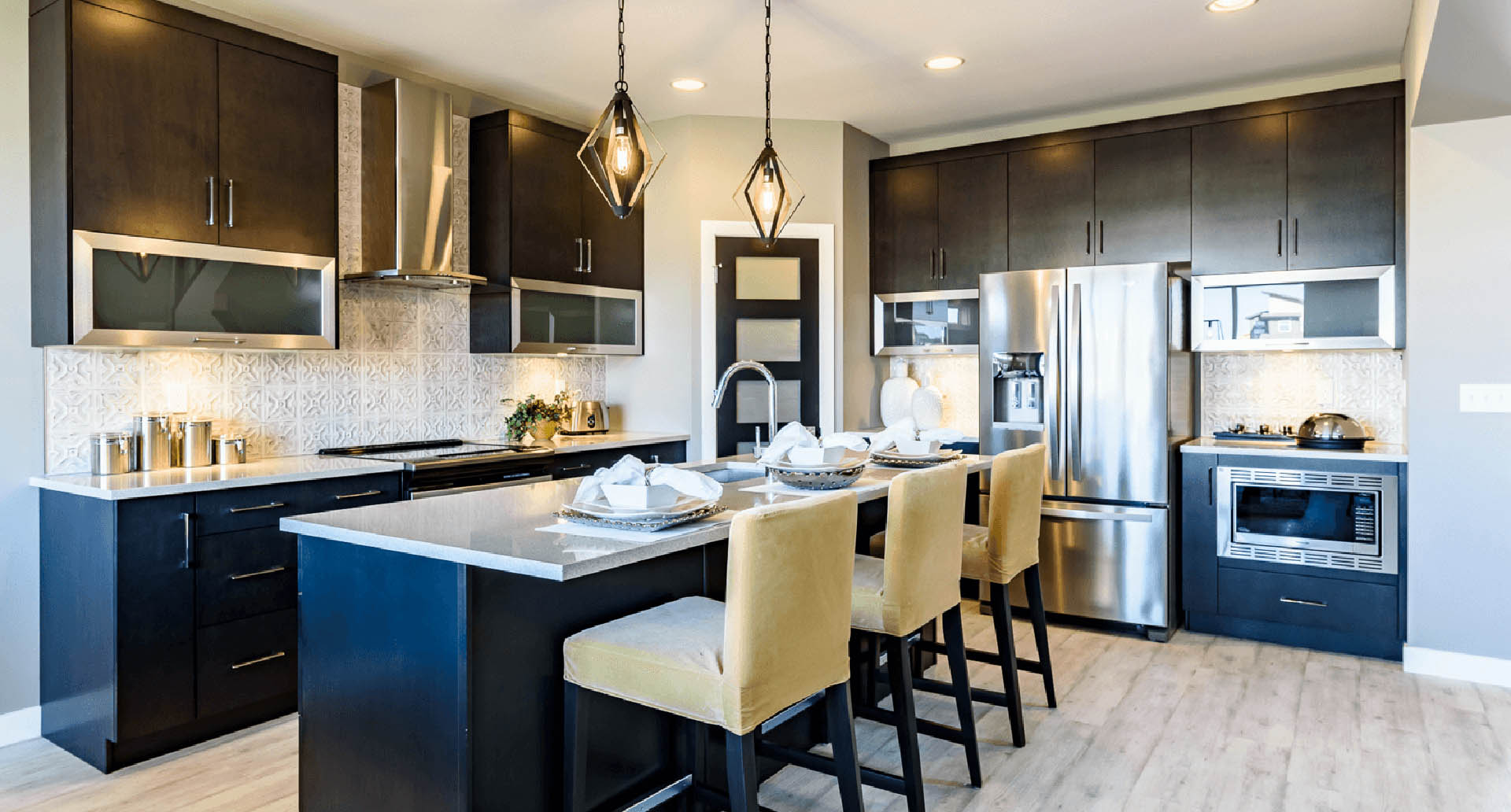
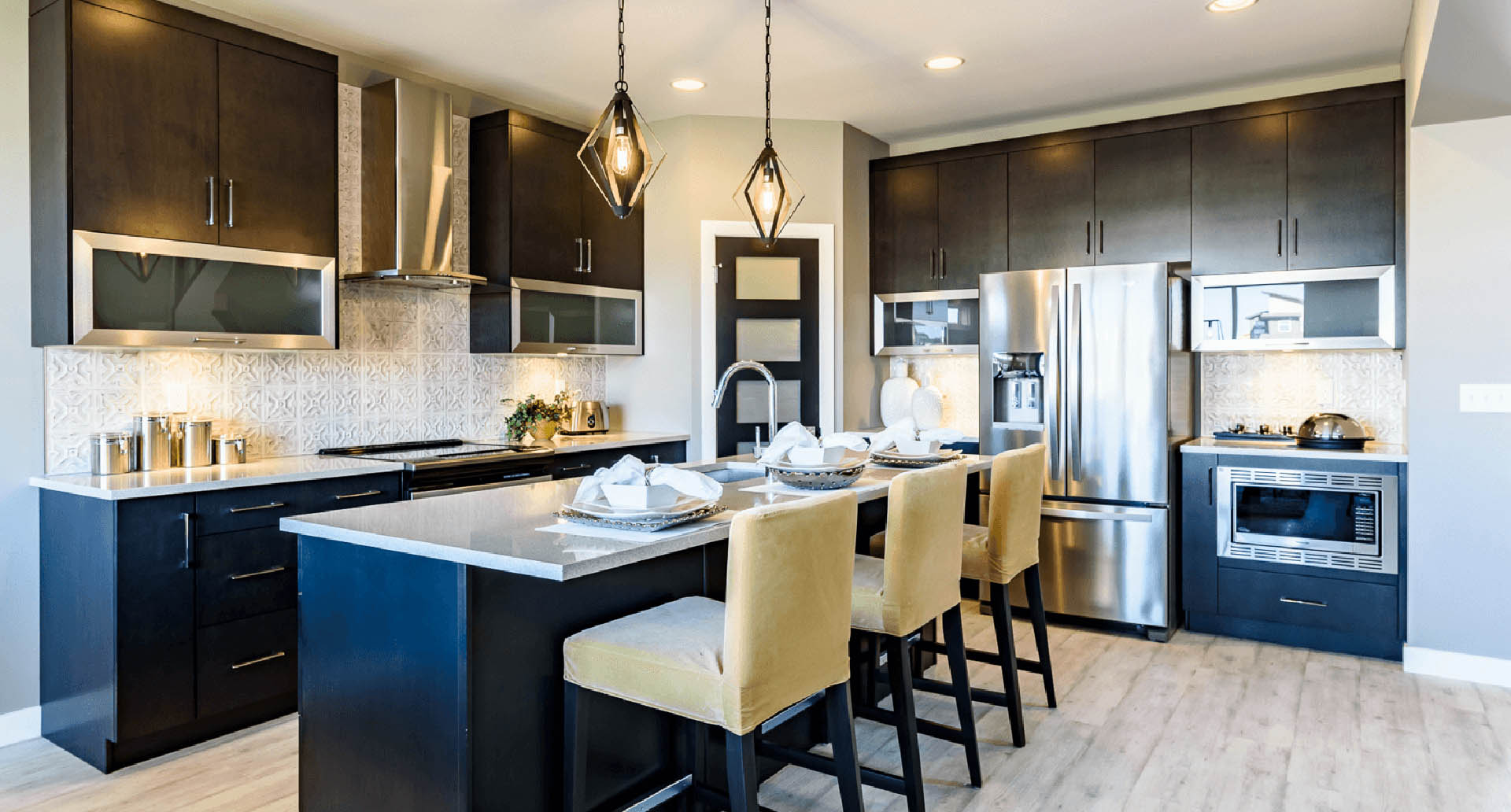 Buying a home in Canada may be a little different than buying property in your home country, but the good news is that Canada makes it fairly easy for anyone who qualifies to get through the process. If you're interested in buying or building a new home, a builder's agent is on your side to help you as well.
Buying a home in Canada may be a little different than buying property in your home country, but the good news is that Canada makes it fairly easy for anyone who qualifies to get through the process. If you're interested in buying or building a new home, a builder's agent is on your side to help you as well.
- Can I Buy a Home in Canada?
- Qualifying for a Mortgage
- Down Payment Requirements
- Your Credit Score
- Understanding the Mortgage Payment
- Getting Pre-Approval
- Budgeting for Closing Costs
- Shop For a Home
- Set a Personal Budget
- Decide What You Need
- Explore Show Homes
- Look at Different Neighbourhoods
- Buying the Home
- Making Design Selections
- Getting the Keys to Your New Home
- Make On-Time Mortgage Payments
- Create a Maintenance Schedule
- Create a Budget and Plan for Emergencies
- Keep Up With the Little Things
- Build Good Relationships with Your Neighbours
Learning more about the home buying process can help you feel more confident about your purchase and can also protect you from those who might take advantage.
Can I Buy a Home in Canada?
Most people can buy property in Canada as long as they are able to purchase the property outright or qualify for a mortgage. However, some provinces place restrictions based on resident status. For instance, Manitoba does not allow non-residents to purchase farmland without an intent to move there within two years, and in Ontario there is an additional 15% Non-Resident Speculation Tax that must be paid by non-residents. Those who plan to live in Canada for less than six months out of each year are considered non-residents. Immigrants who plan to reside in Canada long-term have the same rights to purchase as Canadian-born citizens.
 Qualifying for a Mortgage
Qualifying for a Mortgage
Getting the money to purchase your first home in Canada can be a bit tricky, particularly if you are fairly new to the country. Banks look at a combination of employment history, ability to make payments on the loan, and credit score when deciding whether or not a person qualifies for the mortgage. Banks typically determine how much they’ll lend based on your income. In most cases, they do not want your monthly mortgage payment to exceed 30 or 40 percent of your monthly income. This is important to consider when budgeting for your first home. The good news is that many banks/lenders have come up with new programs fairly recently that help make it easier for new Canadian citizens to purchase a home in Canada.
Down Payment Requirements
You'll always have to make a down payment on a home to get a mortgage. This is a lump-sum payment equal to a certain percentage of the total cost of the home. If you’ve been living in Canada for a few years, have Canadian credit history, and have a history of employment with a Canadian company, your down payment can be as little as five percent.
However, if you’re new to the country and have just started working, a lender can require as much as 35 percent of the cost of the home as a down payment. Rules for this vary from lender to lender. Since every situation is unique, it’s smart to talk to a few different lenders to get a better sense of what you’ll need to qualify for a mortgage.
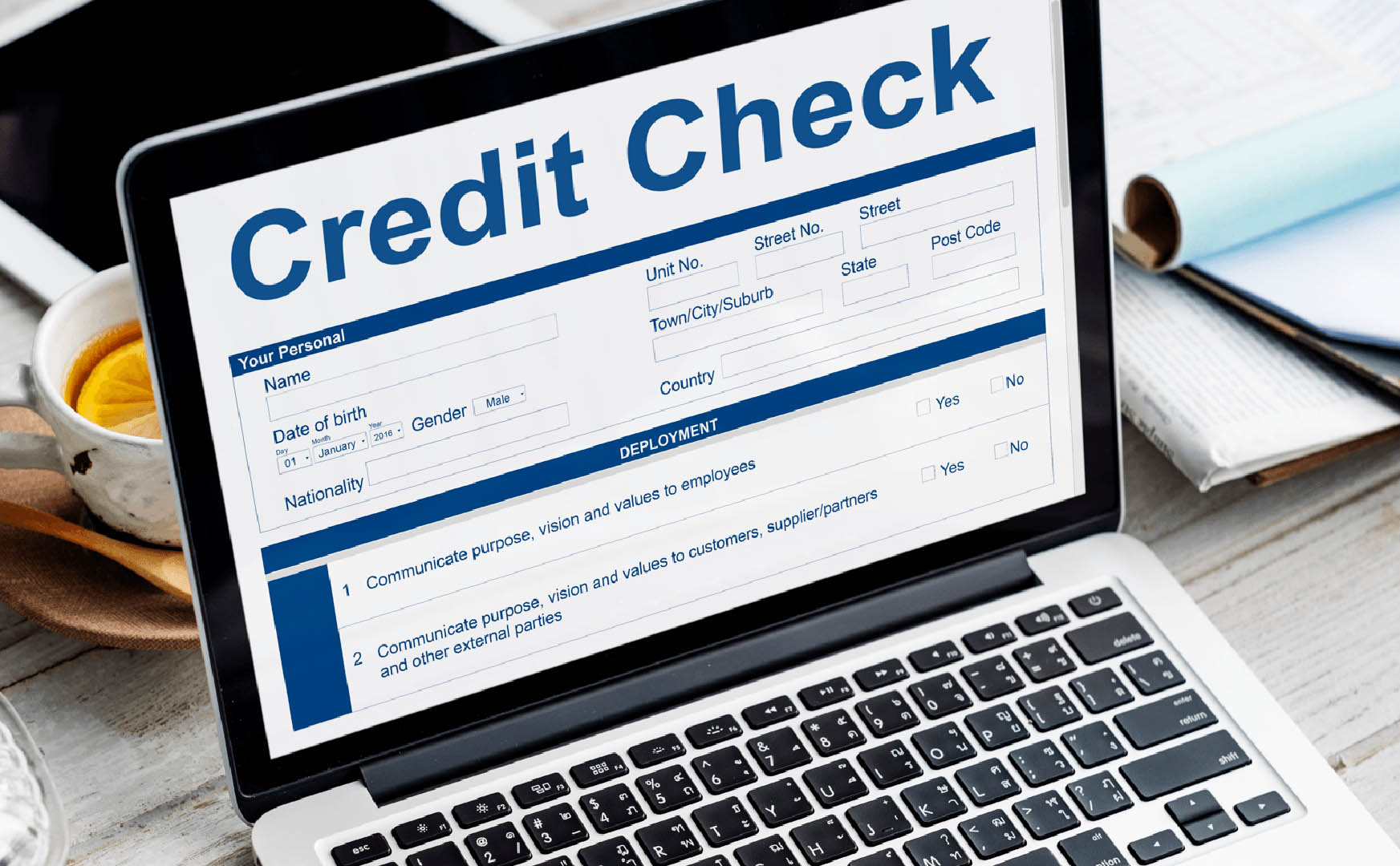 Your Credit Score
Your Credit Score
Your credit score is a number that measures your creditworthiness based on your level of debt and how good you are about making on-time payments. Some lenders will allow you to submit a credit history from a foreign country, but most like to see at least some Canadian credit history.
Since credit reports typically track things like credit cards and loans rather than everyday utility bills, you should sign up for a credit card as soon as possible to start building up your Canadian credit history. You don’t have to make large purchases with the card. Simply use it to buy your groceries or gas, then pay the balance off in full each month. This builds up credit without interest fees.
Understanding the Mortgage Payment
Once you get a mortgage, you’ll have to make monthly payments to the bank. This monthly payment includes more than the interest and principal payment you make to the bank. It also includes a portion of your homeowner’s insurance payment and your property tax payment. This is a confusing concept for some people because it means that the monthly payment is hundreds of dollars more than the loan payment alone. You have to think about these extras to calculate the true cost of your new home, as you consider affordability.
 Getting Pre-Approval
Getting Pre-Approval
While you can always browse homes for sale at any time, you need to get a mortgage pre-approval before you start seriously shopping. This is an initial mortgage application where the mortgage company looks at your credit history and proof of income, then tells you how much money they’ll lend. You do not have to use this company in the end, but it gives you a better sense of what your budget might be.
At the same time, you don’t necessarily want to purchase a home based on what the bank thinks is affordable for you. Most times, they will approve you for a higher amount than you want to spend. It’s important to make a decision on your own about what’s truly affordable so you can live comfortably in your new home.
Budgeting for Closing Costs
The day that you finalize your mortgage, you’ll be responsible for paying the closing costs. These include a variety of charges like bank fees, government fees, property taxes, and insurance premiums. In most cases, the closing costs are a couple of thousand dollars. You might not know the exact amount until a day or two before you close on the mortgage, but the bank should be able to give you a good estimate of the cost. Don’t forget to budget for all of the costs of buying a home. Otherwise, you will find yourself coming up short.
The process of getting a mortgage to buy a home can be confusing for everyone. Fortunately, experts are available to guide you through the process. Talk to one of our preferred lenders before house hunting to gain professional advice and a better understanding of where you stand.
Shop For a Home
With your down payment saved up and pre-approval from the bank, you’re ready to shop for a new home. Building a brand-new home is so much nicer than purchasing resale homes because you’re able to design the home in a way that suits your family’s needs. This is especially nice for large and multigenerational families who need an ideal floor plan with a bit more space.
Don’t worry, though. While there are a lot of steps to building the home of your dreams, it’s actually easier than you think. An experienced builder will be able to walk you through each step.
Set a Personal Budget
The bank tells you how much they’ll loan you, but this amount is too high for some families to comfortably afford. Lenders determine the amount based on your income and on some of your debts, but they don’t factor things like groceries or private school tuition into the equation.
These additional expenses can make it harder to pay. You don’t want to struggle to live. Set a monthly price that your family can easily afford and choose a house based on that. A good builder will work with you to build a home that fits this budget.
Decide What You Need
Take some time to really think about what your family needs in a home. Maybe you need a large dining area to accommodate large family gatherings. Maybe you need a separate suite for your elderly parents or an office to work from home. Maybe you’re looking for something with a large backyard or a playground nearby. Certain floor plan features your busy family needs could be absolute necessities for you. Having a specific list of your wants and needs helps you stay focused as you shop for a home.
Explore Show Homes
This is the fun part about buying a new home! Take a look at the show homes of various builders. Remember they’re all built to impress, so the builders often choose to add fine details to the show homes. As you tour the homes, ask the Sales Agent about the base price of the home and how much the show home would cost. Understand your upgrade options by having him or her point out which things are upgrades that cost more. As you look around, one builder is likely to stand out as a good fit for you.
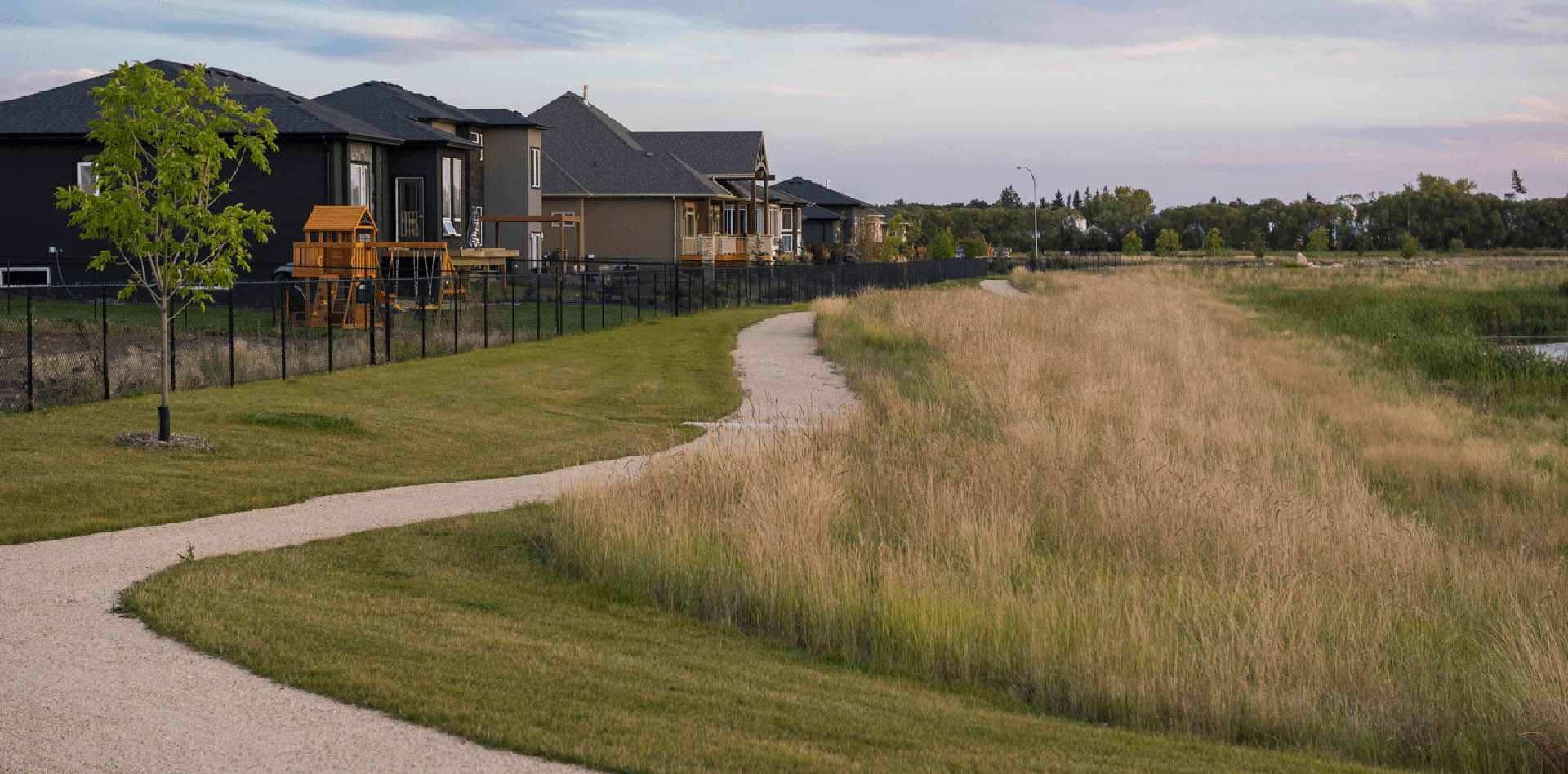 Look at Different Neighbourhoods
Look at Different Neighbourhoods
The home you build is only one piece of the puzzle. You also need to find your perfect home in a new community that's right for your family. There are plenty of considerations to make when choosing your community - take some time to explore the newer neighbourhoods around Winnipeg and make note of their unique advantages.
Ideally, you’ll want to live in an area that gives you a convenient commute to work. Many families also like to look for neighbourhoods that contain others at the same life stage. For example, a large family would look at popular communities for families, while a retired couple might be looking for something quieter.
Buying the Home
When you’ve decided on a neighbourhood and have found the style of home you want, it’s time to make the purchase. The Sales Agent will set up a contract for you to buy the home. At this point, you’ll select the bigger details like the lot in the neighbourhood, and the model you want to purchase.
Financing also starts at this point with an initial deposit. There’s typically a short grace period where you can ask for changes to the design plan, but once the plans are finalized, the builder will start breaking ground, and you’ll no longer be able to make major changes.
Making Design Selections
With a brand-new home, you get to select all of the little details that go into making the home your own. This sounds difficult, but you don’t have to decide on everything all at once. The builder will ask for your decisions in stages, as they get ready to work on that part of the house.
You’ll get to select the flooring type, the colour for the walls, the type of cabinetry, and even the style of doorknobs. Each decision might add a bit to the overall cost of the home, so be upfront with the Sales Agent if you’re on a tight budget.
Getting the Keys to Your New Home
Around 10 months after you’ve started the purchase, you’ll be able to get the keys to your new home. You’ll officially close on the home, which means signing all the final papers and paying the closing costs for the loan. Once you have the keys, you can move in and start living the life you’ve always dreamed about.
Make On-Time Mortgage Payments
When you closed on your home, you likely found out how to make your mortgage payments. Most banks require you to set up automatic payments, and they’ll simply remove the money from your account every month. This makes it easy to make your payments on time because you don’t have to do anything.
Some banks give you the option of sending a cheque each month. If you choose this method, remember to make your payments on time and factor in the time it might take the cheque to reach the bank. Late payments will negatively affect your credit score.
If you ever have trouble making a payment, contact your lender immediately. They will work with you to find a solution.
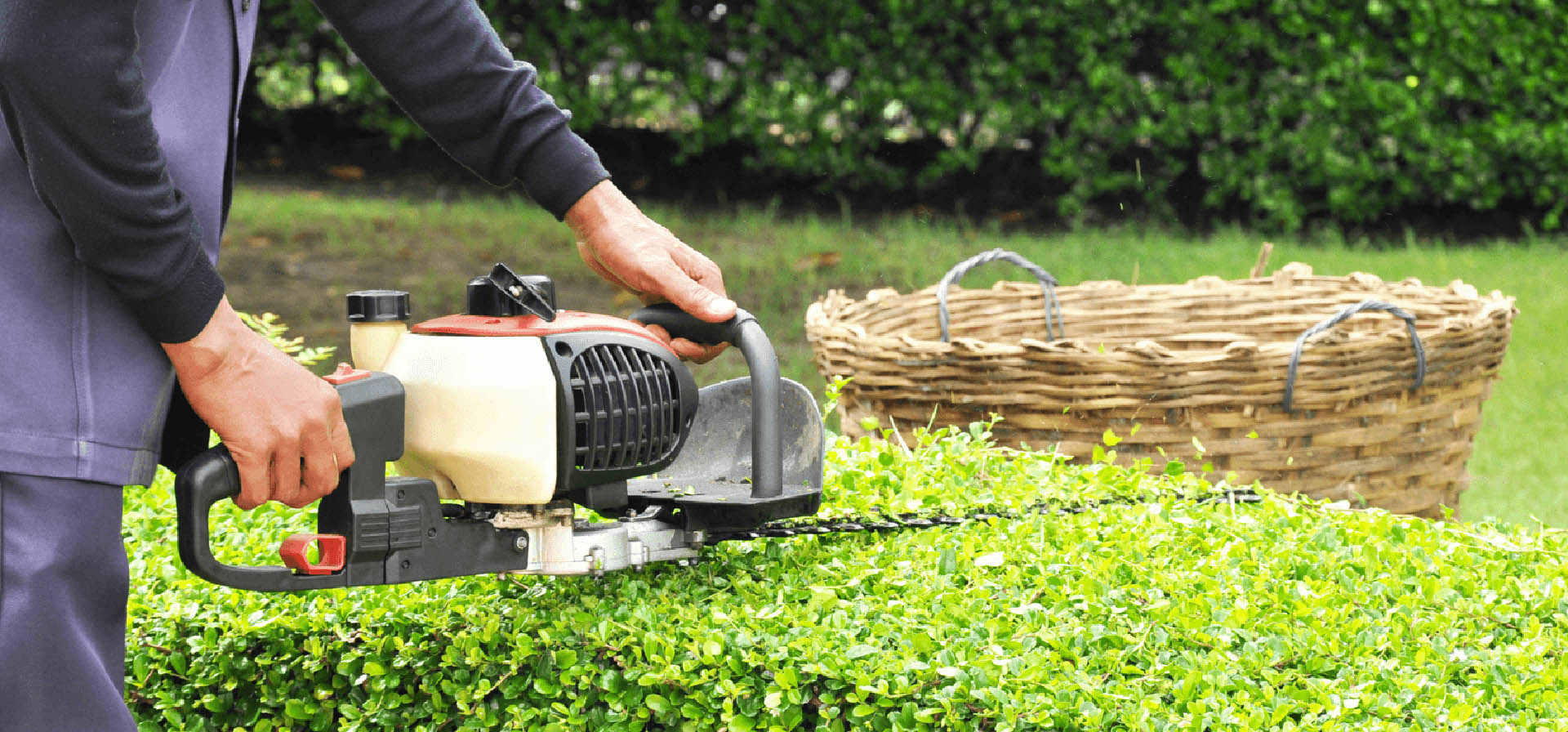 Create a Maintenance Schedule
Create a Maintenance Schedule
Everything in your home requires maintenance to stay in top condition. Refer to the homeowner manual you received on closing day to see how often you should maintain things. For instance, your furnace may require an annual tune-up by a professional, and you may need to replace the filter every month or two. Make a list of these requirements, then put them on a calendar. Most of the time, there will be some type of fee associated with the maintenance, so be sure to add this to your budget.
Create a Budget and Plan for Emergencies
Budgeting for your first home helps you stay financially stable. During the first year in your home, it can be hard to expect how much you’ll have to pay for various utility costs. A brand-new home tends to be energy-efficient, which reduces utility costs, but if you’re coming from a smaller home, the bills may be higher than what you’re used to.
In a brand-new home, you don’t have to worry about things breaking down, but you might have other unexpected expenses like car repairs. Your savings might have gone towards the down payment, closing costs, moving fees and other costs of buying a home, so it’s important to start building up your savings account again. When you have these financial emergencies, you want to be able to turn to your savings account, not your credit card.
After calculating the true cost of your new home, track your expenses so that you can properly budget. Don’t forget to include money for your emergency account in the budget. Once you’ve created the plan, stick to it. You may have to pass up on some fun opportunities, but you don’t want to go into debt. It’s always better to live within your means.
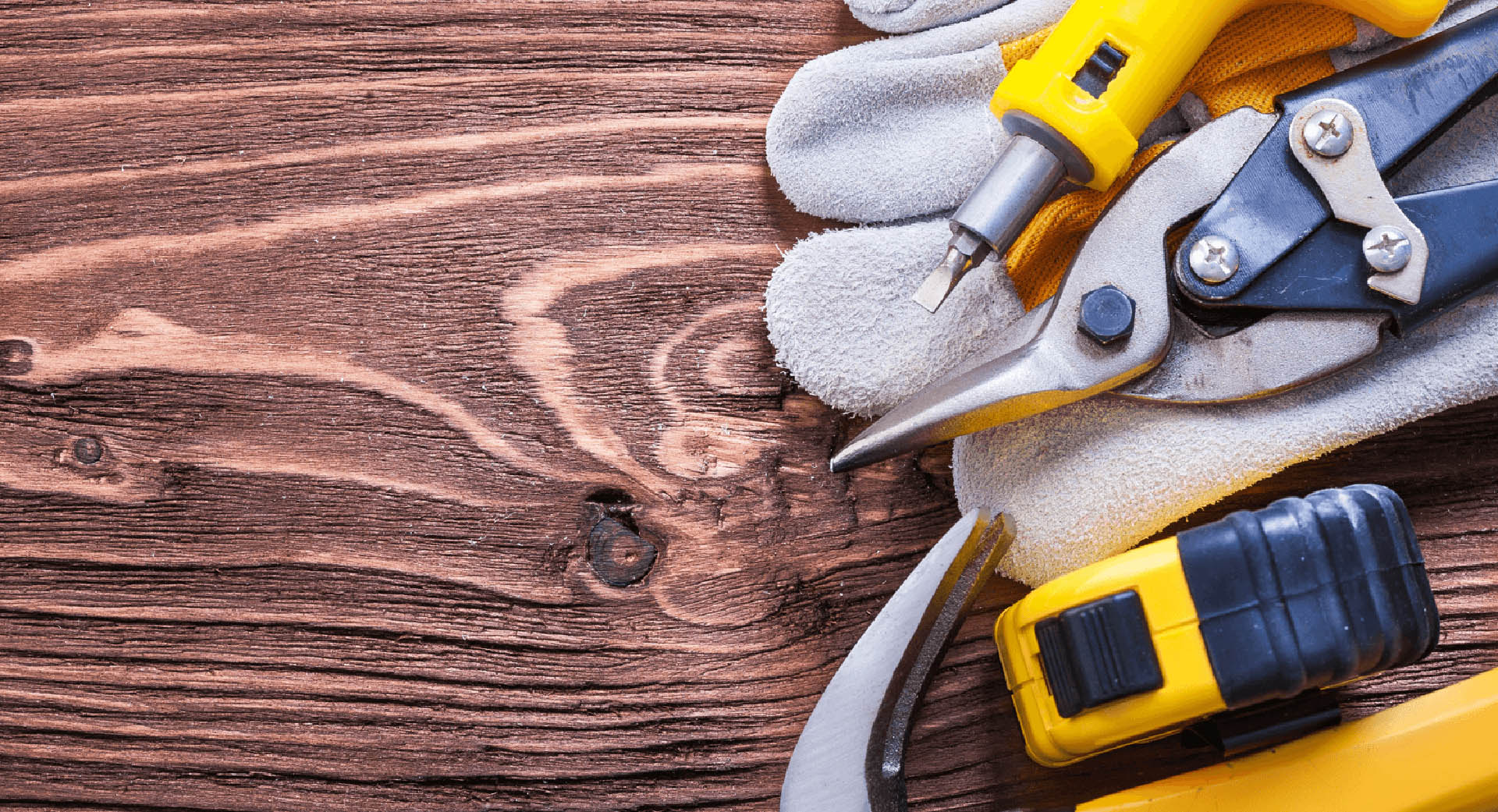 Keep Up with the Little Things
Keep Up with the Little Things
In addition to the maintenance you have to do on your major appliances, you also want to keep up with some of the little things that could turn into problems. Carpets should last 10 years or more, but if you never clean them, you’ll soon be dealing with unsightly stains in high-traffic areas.
Going into a new home is like starting with a clean slate. You have the opportunity to avoid clutter from the beginning, but you have to continuously stay on top of things like putting the mail away and sorting through the papers that the kids bring home from school.
Build Good Relationships with Your Neighbours
As a homeowner, you're more likely to become invested in your community. You and your neighbours will both be living in your homes for many years, so take some time to develop that relationship. Introduce yourself. Say hello when you pass on the street or at the grocery store. You can become even more involved by joining a community group or the Parent-Teacher Association. Having friendly relationships and a good standing in the community means that you’ll always have people looking out for you and your home.
When you buy your home after moving to Canada, you take on a lot of responsibility. The good news is that owning your own space is such a joy that you won’t mind. Just be sure to plan ahead and make sure your new home is taken care of using these tips and enjoy life in Canada!
Originally post June 15, 2017, updated May 5, 2019

